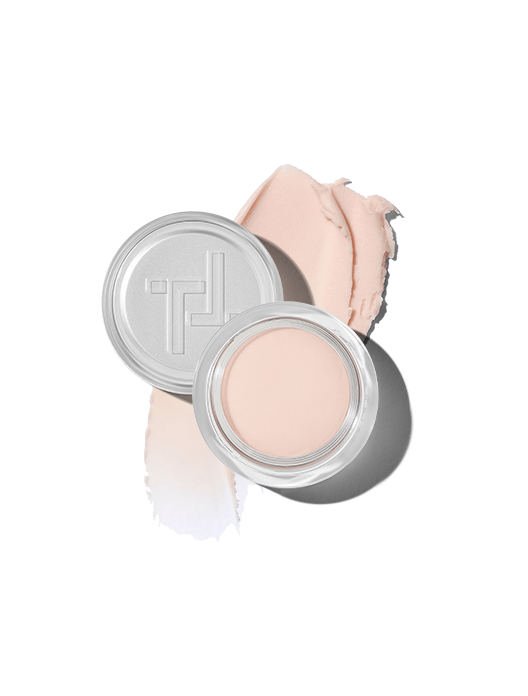
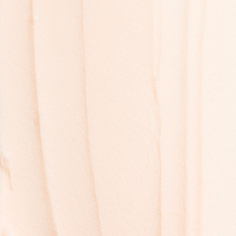 Miracle Blur
Miracle Blur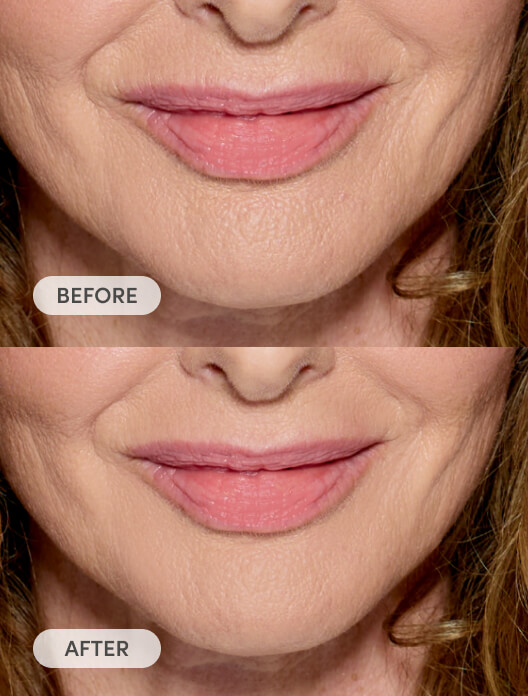
Miracle Blur
Skin-smoothing, pore-blurring line filler
Choose 3 free samples with every order

First things first, let’s get one thing straight. Everyone has pores, and everyone has pores that are visible. Anyone that doesn’t appear to have any pores just has access to blurring makeup (like our best-selling Miracle Blur) or an Instagram filter. How prominent someone's pores appear can also be down to factors like genetics, ethnicity, age and skin type – but trust us, they’re always there.
Pores tend to be most obvious on our T-zones (along your forehead, down your nose and across your chin) but they exist all over our bodies. Although they’re typically associated with oilier skin types, those with dry and combination skin can also have very visible pores.
So, what are pores exactly? Pores are tiny openings in the skin that house hair follicles, with a sebaceous gland beneath them. These sebaceous glands are responsible for creating the oil that keeps our skin soft and comfortable. Pores are the channel within which this sebum (or oil) travels. WIthout them, skin would quickly become dry and flaky.
After the question of what are pores often comes the follow-up of how to shrink pores. But unfortunately, you can’t make your pores smaller. What you can do, is reduce the appearance of them by using a liquid exfoliant like beta-hydroxy acid (BHA) to minimise the build-up of dead skin cells.
As we age, supplies of our skin’s natural scaffolding, in the form of collagen and elastin, begin to dwindle. Without these structures in place, our skin slackens, meaning pores can gape open and become more visible.
Picture it like an orange. When it’s fresh and juicy, the outer layer appears smooth and bouncy, but as it starts to age, the pitting of the skin becomes more prominent.
Prevention is always better than cure, and wearing a daily SPF of at least 30 will help to shield skin from accelerated ageing. We can’t stop our skin from ageing, but using ingredients such as retinoids and peptides which can help increase collagen production in the skin will support its structure.
Contrary to popular belief, and what many marketing materials would like you to believe, pores do not open and close. The words may sound similar, but pores and doors are very different things. There are no muscles within our pores, so they can’t contract like a bicep.
Our pores are open all the time, and don’t require things like steam or hot water to persuade them to fling their doors open. Equally, splashing your face in cold water won’t have them bolting down the hatches. However when our skin is warm, it’s easier to remove grime that naturally builds up within our pores – meaning they can look smaller, and clearer, after a steamy cleanse.
Shop the article

 Miracle Blur
Miracle Blur
Skin-smoothing, pore-blurring line filler
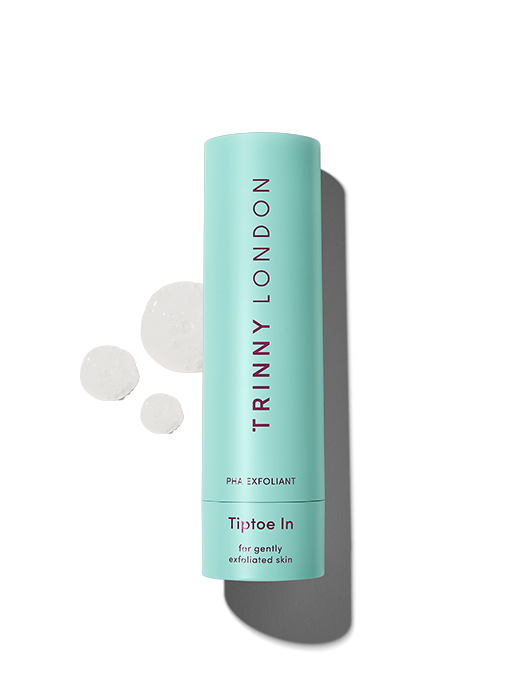

Kind-to-skin exfoliant for radiant skin, suitable for all skin types
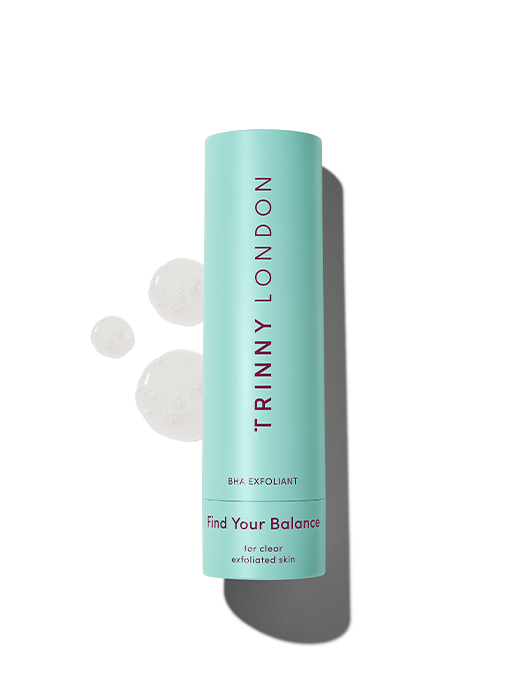
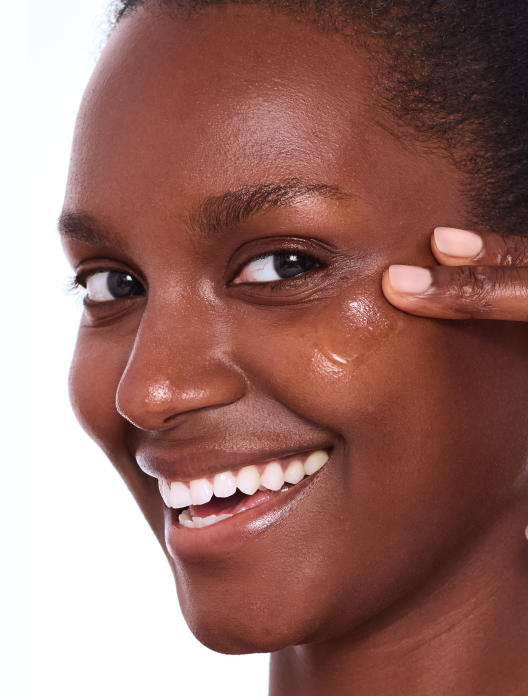
Clarifying complex to tackle blemishes
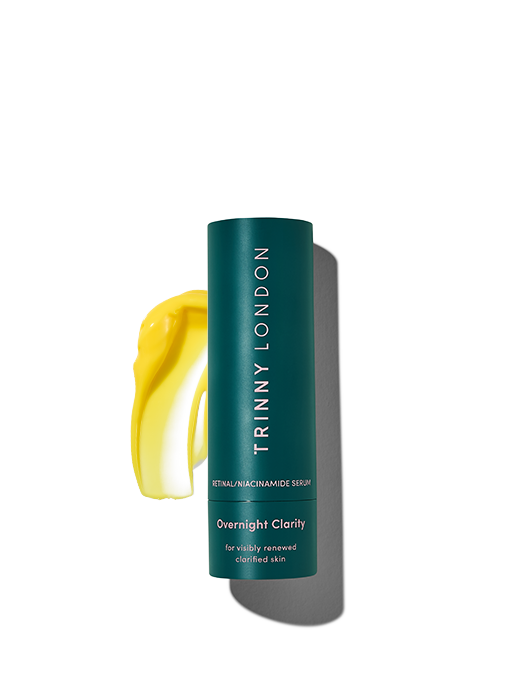
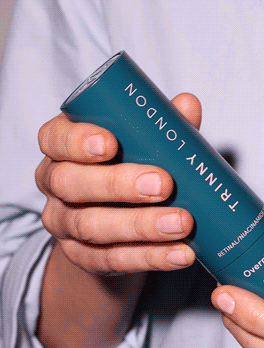
Retinal/niacinamide serum for visibly smooth, even skin, suitable for all skin types
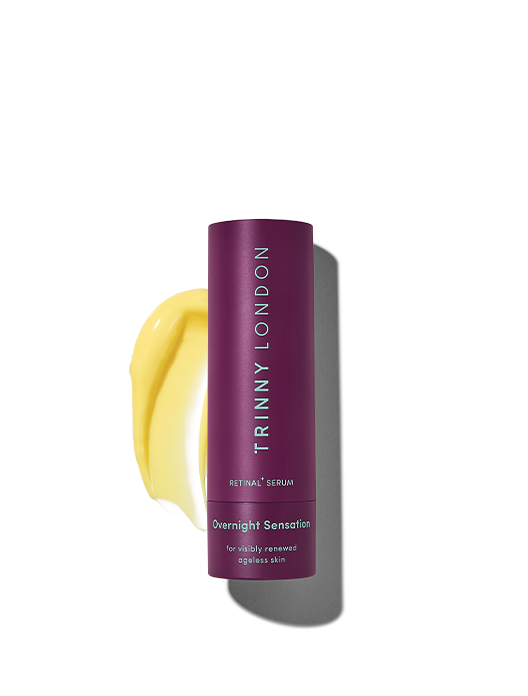
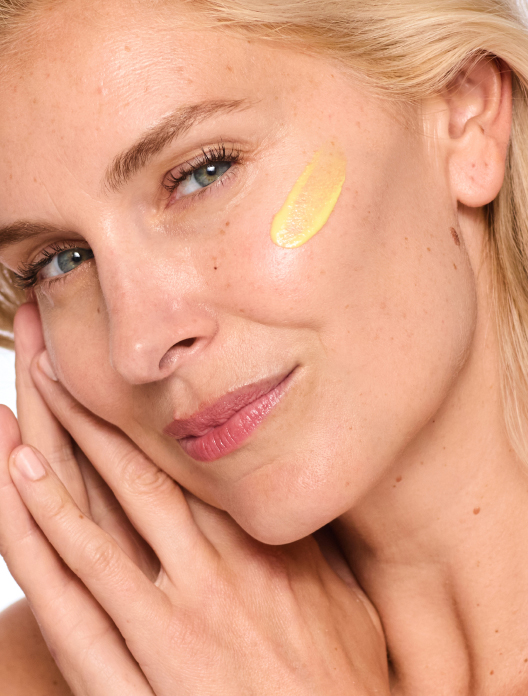
High-dose retinal serum for renewed, smooth skin, suitable for all skin types
Read, watch and be inspired...